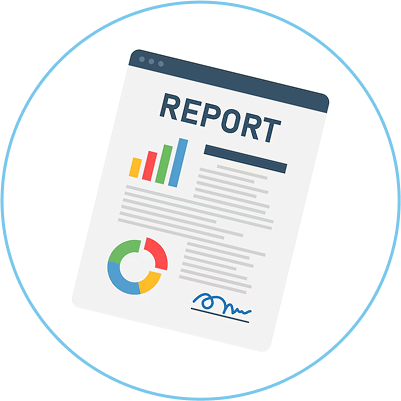Website speed is no longer just a “nice to have” – in 2025, it’s a core part of your user experience, SEO performance, and sales funnel. A few seconds can be the difference between a bounce and a booking, a scroll and a sale.
If your site loads slowly, everything else suffers – including your ability to convert traffic into action.
Why Speed Impacts More Than Just UX
Here’s what the research shows about slow-loading websites:
- 1 in 2 users will abandon a site that takes more than 3 seconds to load
- Conversion rates drop by up to 20% for every additional second of delay
- Google’s Core Web Vitals now factor speed and stability into search rankings
Speed affects first impressions, bounce rates, time on site, and even how well your pages rank in search. In short, it touches every part of your marketing engine.
Tools to Test and Optimise Your Site’s Speed
Before you fix anything, you need to know what’s slowing you down. These tools make that easy:
- Google PageSpeed Insights – Grades your mobile and desktop performance and suggests improvements
- WebPageTest – A favourite for devs wanting detailed performance breakdowns
- Chrome DevTools – Ideal for real-time testing while developing or debugging
Each tool gives slightly different feedback, so it’s worth testing across multiple platforms to get a clear picture.
Is Your Marketing Actually Working — or Just Keeping You Busy?
Are you wasting precious time and money on
ineffective marketing? Find out in 3 minutes.
TAKE THE QUIZ
Common Issues Slowing Down Your Site – and How to Fix Them
Speed issues usually aren’t caused by one big thing – they’re a build-up of small inefficiencies. Here are some quick fixes you can start with:
- Compress and resize images: Unoptimised images are one of the biggest culprits. Use WebP format where possible, and always compress before uploading.
- Minimise JavaScript and CSS: Clean up unused code, reduce plugin bloat, and combine files where possible to reduce server requests.
- Use a content delivery network (CDN): CDNs cache your content globally, so users load your site from the nearest server – not one halfway across the world.
- Enable browser caching: Caching lets returning visitors load your site faster by storing parts of it locally in their browser.
- Choose a fast, reliable hosting provider: Your host’s server speed plays a huge role – if your backend is slow, no front-end fix will save you.
These changes might seem small, but they compound – and together they can transform how your website performs under pressure.
Speed Is a Signal – Not Just a Stat
When your site runs slowly, it’s often a sign of deeper inefficiencies across your marketing setup. Bloated tools, unclear systems, misaligned teams – it all adds friction to your growth.
That’s exactly what the Marketing Efficiency Tune-Up is designed to uncover.
We’ll help you:
- Pinpoint where slowdowns are happening across your funnel
- Streamline your stack for faster, smarter marketing
- Align your website, traffic, and tools to work together – not against each other
👉 Book your marketing efficiency tune-up todayOr if you’re not ready to dive in, start with our free 3-minute quiz to see where your marketing engine might be slowing you down.
Take the Quiz Now →
